SEO-Ready for Google’s SGE: What You Must Know Today
Introduction: The SEO Shift We Can’t Ignore
SEO-Ready for Google’s SGE — that’s the phrase buzzing across marketing teams and digital agencies worldwide. The rules are changing. Google’s SGE (Search Generative Experience) isn’t just a tweak in the algorithm—it’s a whole new lens on how search works.
Imagine this: You’ve spent months perfecting your SEO. You’re ranking well. But suddenly, the top of the search results isn’t a blue link—it’s a conversational AI answer summarizing your competitor’s blog. Where does that leave your traffic?
Let’s explore how to ensure your website is not just optimized for keywords but SEO-ready for Google’s SGE, where relevance, structure, and experience take center stage.
The Evolution of Search: From Blue Links to AI-Driven Insights
Google’s mission has always been to organize the world’s information. SGE is the next leap forward—a shift from delivering links to delivering answers. It’s powered by generative AI, summarizing content, offering insights, and even suggesting next steps—right on the SERP.
This isn’t future talk. SGE is already being tested and gradually rolled out in different regions.
For brands and marketers, this means your website needs more than just traditional SEO—it needs to be SEO-ready for Google’s SGE with deeper content, structured data, and user intent alignment.
Why Being SEO-Ready for Google’s SGE Matters More Than Ever
Let’s say someone searches for “best ways to start a podcast in 2025.” Traditionally, Google shows a few featured snippets, blog links, and YouTube videos. In the SGE world, it will generate a comprehensive answer pulling from multiple sources.
If your content is not well-structured, clear, and trustworthy, it simply won’t be picked.
Being SEO-ready for Google’s SGE means:
- Structuring your content for machines and humans alike
- Demonstrating topic authority
- Offering contextual value, not just keywords
- Building trust through clean UX and performance
In other words, it’s no longer about being first on Google—it’s about being chosen by Google’s AI.
How to Make Your Website SEO-Ready for Google’s SGE
1. Focus on Topical Depth, Not Just Keywords
SGE looks for authoritative summaries. Pages that just scratch the surface of a topic won’t make the cut.
Action: Create deep-dive content that answers user queries holistically. Add FAQs, comparisons, pros and cons, how-tos, and real-life examples.
2. Improve Semantic Relevance
SGE relies on understanding concepts, not just terms. Keyword stuffing is dead. Semantic richness is alive.
Action: Use related terms and natural language. For example, for a post on “remote work,” talk about tools, productivity hacks, team management, mental health, etc.
3. Use Structured Data Markup
Structured data helps Google understand your content and feature it. Schema markups like FAQPage, HowTo, Product, and Article are critical.
Action: Add proper schema to blogs, services, and products. Test with Google’s Rich Results Testing Tool.
4. Craft Snippet-Worthy Summaries
SGE uses concise, readable text blocks to generate its answers. If your paragraphs are clean, clear, and to the point, you have a shot.
Action: Start sections with short summaries. Use bullet points, numbered lists, and clear transitions.
5. Focus on EEAT (Experience, Expertise, Authority, Trust)
SGE doesn’t just pick any content. It prioritizes content from credible, experienced sources.
Action: Highlight authorship, credentials, testimonials, case studies, and update old blogs with new stats.
UX and Performance Also Matter
Google’s AI can’t promote poor user experiences.
Make sure your site:
- Loads in under 2.5 seconds
- Is mobile-first and responsive
- Doesn’t have intrusive pop-ups or auto-playing videos
- Has proper headings, anchor text, and visual hierarchy
SGE won’t quote you if your layout is messy or slow. Performance is part of being SEO-ready for Google’s SGE.
Content Types That Will Thrive in SGE
1. Expert Blog Articles:
In-depth articles with schema markup, section headers, and real data.
2. Interactive Tools:
Calculators, quizzes, or widgets that provide personalized answers.
3. Product Comparisons:
SGE often lists top options—being in a “Top 5” list can boost visibility.
4. Video Transcripts & Summaries:
Video content that’s transcribed and summarized will show up in AI answers.
Prepare for Voice and Visual Search Too
With SGE, Google is moving towards multimodal search. That includes:
- Voice input
- Visual queries (Google Lens)
- Multilingual prompts
So, your content must be accessible, well-tagged, and clear across devices. Being SEO-ready for Google’s SGE means preparing for every type of search behavior.
Real-World Example: Who’s Already Winning?
Let’s say someone searches:
“Best website maintenance practices for small businesses”
SGE might summarize a post from a digital agency that:
- Defines website maintenance clearly
- Lists actionable tasks (backups, updates, security)
- Uses structured data for FAQs
- Includes author bios and linked services
That’s your blueprint. And yes, that could be your site.
Conclusion: Adapt Now or Get Replaced Later
Being SEO-ready for Google’s SGE is not optional—it’s essential.
The winners will be:
- Brands that create meaningful, well-structured content
- Websites that optimize UX and speed
- Marketers that understand AI is the new gatekeeper of SERPs
You don’t need to start from scratch, but you do need to evolve.
At Kreative Web Tech, we specialize in helping businesses create AI-ready, SEO-strong, and performance-optimized websites. From React to Laravel, we build for what’s next. Ready to optimize your future?
Let’s make sure your site isn’t just found—it’s featured.





